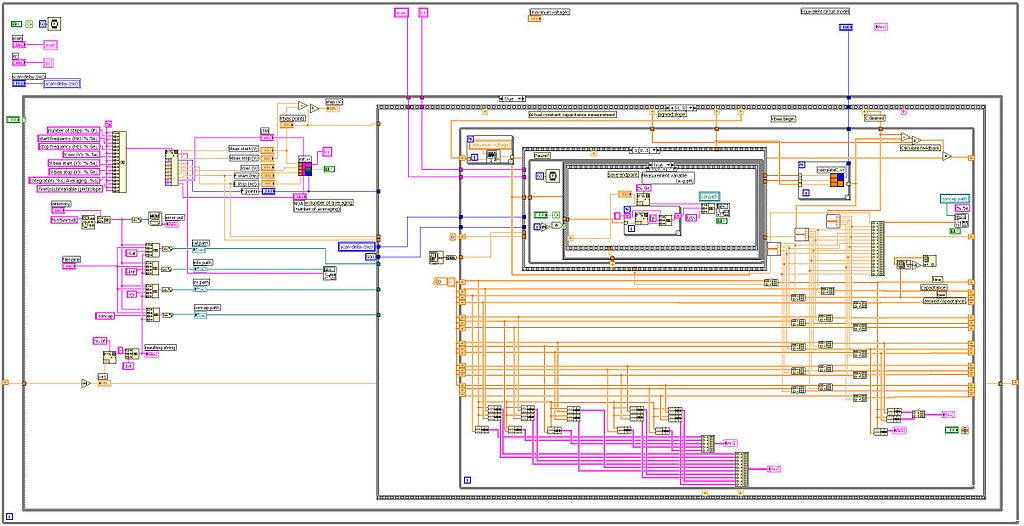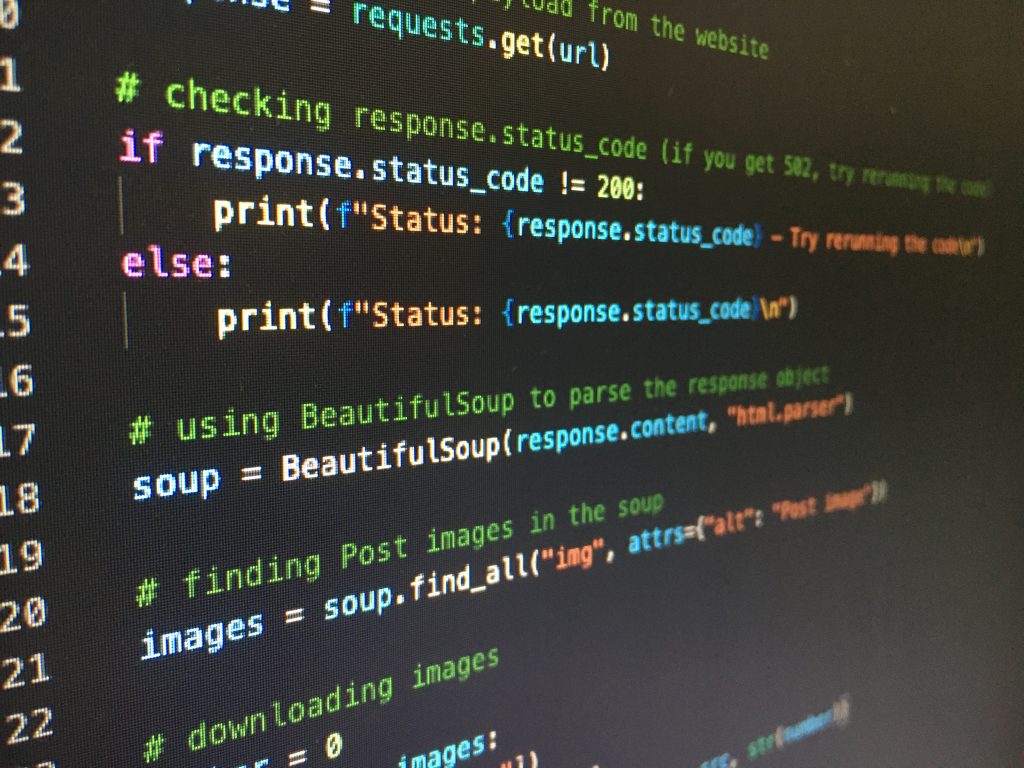In a previous blog post, we discussed the NI webinar that outlined the benefits of LabVIEW and Python working together. While integrating these programming languages and using them in tandem can be incredibly successful, some projects require making a choice between the two. Both LabVIEW and Python have advantages and disadvantages for different use cases, and knowing these will help you to make an informed decision for your project. Let’s dive right in!

LabVIEW
Pros:
Graphical Programming: LabVIEW employs a graphical programming language, making it exceptionally user-friendly and intuitive. It’s an ideal choice if you have team members with limited programming experience, as it allows you to create programs by connecting graphical elements.
Hardware Integration: LabVIEW shines in test automation tasks that involve hardware devices. It has robust support for interfacing with National Instruments hardware and various other instruments and sensors. If your tests require real-time control and data acquisition, LabVIEW is a strong contender.
Modularity: Test automation often involves building complex systems. LabVIEW encourages a modular approach to software development, making it easy to create reusable components and build scalable, maintainable test systems.
Built-in Functions: LabVIEW comes equipped with a rich set of built-in functions and tools for tasks like data analysis and signal processing. This can significantly expedite the development process.
Real-Time and FPGA: For applications demanding precise timing and hardware acceleration, LabVIEW provides modules for real-time and FPGA programming, offering a competitive edge in these scenarios.
Cons:
Cost: One of the drawbacks of LabVIEW is its cost. Licensing LabVIEW and purchasing compatible hardware can be expensive, especially for smaller projects or startups. While there is the LabVIEW Community Edition that is free to use, it is limited to non-commercial and non-educational use.
Learning Curve: While LabVIEW’s graphical nature is an advantage for beginners, experienced programmers accustomed to text-based languages might encounter a learning curve when transitioning to LabVIEW.
Platform Specific: The base version of LabVIEW is primarily designed for Windows, which might limit your options if you need to develop and run your tests on different operating systems.

Python
Pros:
Versatility: Python is renowned for its versatility. It’s a multipurpose language suitable for a wide range of tasks, including test automation, web development, data analysis, and more.
Open Source: Python is open-source and free to use, making it a cost-effective choice for projects with budget constraints.
Large Ecosystem: Python boasts an extensive ecosystem of libraries and frameworks designed explicitly for test automation. Popular options like Selenium, PyTest, and Robot Framework can accelerate your development process.
Cross-Platform: Python is available on multiple operating systems, ensuring flexibility in developing and running tests across different platforms.
Community and Resources: Python enjoys the support of a vast and active user community. This translates into an abundance of resources, tutorials, and forums for seeking assistance and sharing knowledge.
Cons:
Text-Based Coding: Python relies on a text-based coding approach, which may be less visually intuitive for some users, especially when compared to LabVIEW’s graphical programming.
Hardware Integration: While Python can interface with hardware through libraries like PySerial, it might not offer the same level of seamless integration as LabVIEW for hardware-specific tasks.
Real-Time Control: Python may not be the best choice for applications requiring real-time control and data acquisition, as it lacks inherent real-time capabilities.
While leveraging both LabVIEW and Python together and capitalizing on the strengths of each language where they are most beneficial is a great choice for some projects, the right choice ultimately depends on your unique needs. For your test automation project, consider your project’s specific requirements, your team’s expertise, and your budget constraints.
LabVIEW excels in tasks involving hardware integration, real-time control, and when graphical programming aids understanding. Python, on the other hand, is a versatile, cost-effective option suitable for a broad range of test automation scenarios. Keeping these factors in mind will help you to make the best decision for your test automation endeavors!







